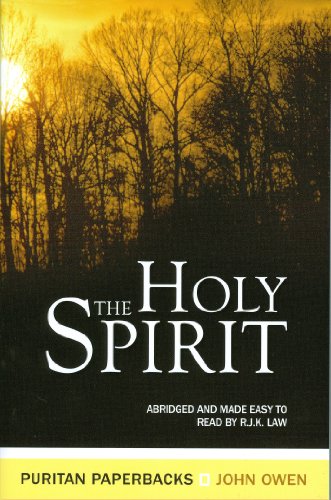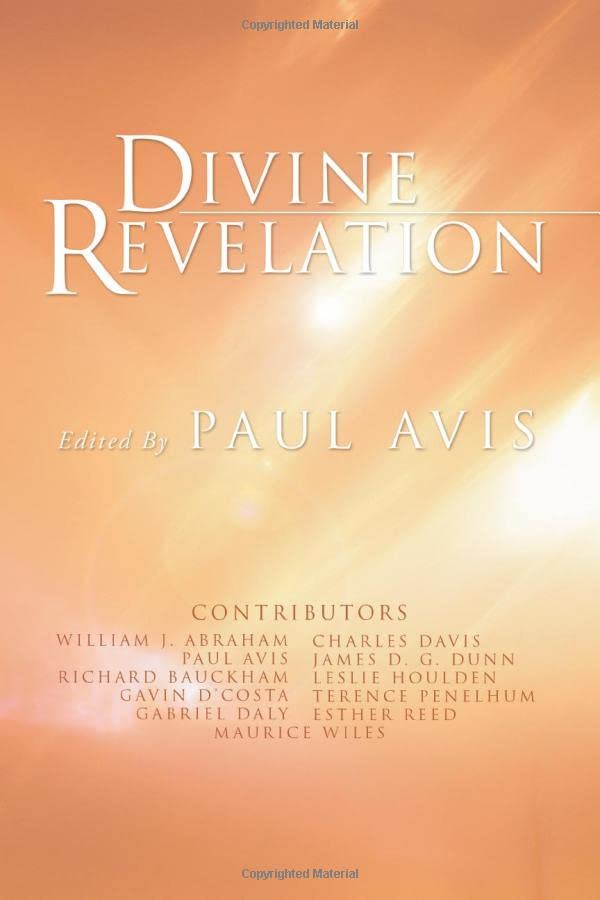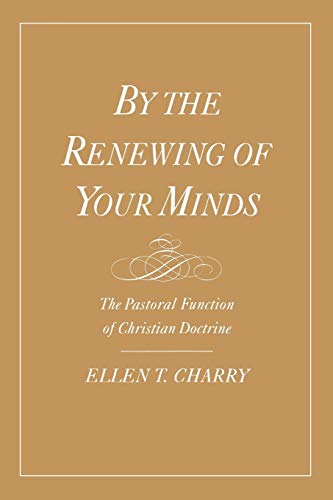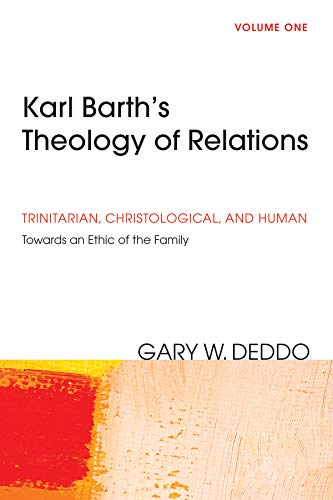This book is the result of a PhD dissertation with M.S. Lattke at the University of Queensland. It does not offer a comprehensive study of Johannine ecclesiology. Ferreira focuses on exegetical and terminological aspects of John 17 which he regards as ‘the Gospel’s most significant statement on ecclesiology’. The study is intended as a contribution to Johannine theology, not to its social history. Nevertheless, ‘the historical situation of the community will be important as it throws light on the theological concept’.
The opening overview of the history of research consists of three parts: (1) fairly short remarks on general issues like authorship, sources, religious milieu, christology, readers and purpose; (2) a short summary of research relating to the Johannine community (the contributions of Culpepper, Cullmann, Martyn, Brown, Wengst and Onuki are mentioned—these works display significant differences in detail, but Ferreira nonetheless accepts their general approach of reconstructing the community behind the Gospel rather uncritically); (3) reflections on specific contributions to Johannine ecclesiology (e.g. by Käsemann, Schnackenburg, Dahl, Pancaro, Painter and Minear). Ferreira observes a developing consensus that sees ecclesiology in John as closely related to christology and therefore as a major theme in this Gospel. However, since he often finds discussions of Johannine ecclesiology to be distorted by the application of Pauline ecclesiological categories, he seeks to break the mould by asking different questions: ‘Does John have an ecclesiology? And if so, what is the essence of this ecclesiology?’ His focus is on ‘the concept that the Fourth Gospel has of the community of those who believe in Jesus as a distinct entity.’
The study proceeds with a chapter on the context and structure of John 17. Here Ferreira distinguishes between John 17 as a prayer and the function of this prayer within the literary context of the Farewell Discourses in John. As a prayer, John 17 consists of four shorter prayers that reflect the structure of the Jewish ‘law-court prayer’, serving apologetic and didactic purposes in the Sitz im Leben of the struggle of the Johannine community with the synagogue. Concerning its Sitz im Text, Ferreira sees John 17 as the last addition made to the Farewell Discourses in the process of repeated redactional revisions, showing ‘the reflection of the Johannine community regarding its struggle with the synagogue and the threat of internal dissolution’. Within the Farewell Discourses the prayer has a paraenetic function for the community: ‘it addresses the community’s stance vis-à-vis the synagogue, the world, and fellow believers. Moreover, the prayer encompasses the past, the present and the future. John 17 is therefore a theological overview of the community’s place in the world’. Furthermore, since the prayer emphasizes that the community must continue the mission of the Son for the salvation of the world, Ferreira emphasizes its ‘ecclesiological concerns’, and characterises this as a ‘ “christological ecclesiology” in the sense that the Johannine community is Christus prolongatus.’ This conclusion is supported by an extensive exegesis of John 17, including special sections on the concepts of life, cosmos, election, truth, and the oneness motif in John. Two final chapters focus on the concepts of ‘glory’ and ‘sending’. ‘Glory’ is seen against the background of OT and Qumran traditions, emphasizing both similarities (‘glory as the revelation of God’s judgment and salvation’; ‘the revelation of glory is a crucial event of salvation history’; ‘The revelation of God’s glory is seen as coming through an individual’; ‘the idea of a “hidden” glory’), and differences between those traditions and John (emphasis on the day of glory as a day of judgement in the Scrolls against the emphasis on salvation in John; the cross as the prominent place of the revelation of glory in John; future orientation in the Scrolls against the emphasis on realised eschatology in John). The sending motif is explained as a confluence of two traditions: the OT prophetic tradition that was then developed by John with the help of ‘sending’ terminology. Whether one finds this part of the study persuasive will depend largely on one’s view of the dating of Gnostic sources and their relationship to John’s Gospel.
In general terms Ferreira’s study is persuasive. His strong emphasis on the close relationship between the mission of Jesus and the mission of the community as the essence of Johannine ecclesiology confirms the results established by others before him. However, having elaborated many parallels between Jesus’ mission and the community, Ferreira seems to be inconsistent in his summary. He suggests that in John ‘the community only has meaning as it continues the sending of Jesus. Therefore, the community of believers is not the new Israel, nor a new eschatological community whose existence announces the arrival of the eschaton. John does have a concept of salvation history, but it stops with, or is absorbed in, Jesus. The Johannine Jesus is the new Israel, or God’s final act in history. The community is important only because it is Christus prolongatus, that is, it is one with Jesus in terms of function.’ One might ask, if Jesus is the new Israel and if the community’s only significance is in their status as Christus prolongatus, why is the community not the new Israel also? To this reviewer it would be most natural to see the community as the new Israel precisely because of its status as Christus prolongatus. Once this causal relationship is acknowledged, new interpretative possibilities open up which are worth exploring (e.g. is there a christological redefinition of the concept of ‘people of God’ in John’s Gospel?). Thus, Ferreira’s focus on the christological essence of Johannine ecclesiology, i.e. the close relationship between the missions of Jesus and the community, is a valuable contribution which will hopefully be explored further in Johannine studies.
Rainer Behrens
Cheltenham







